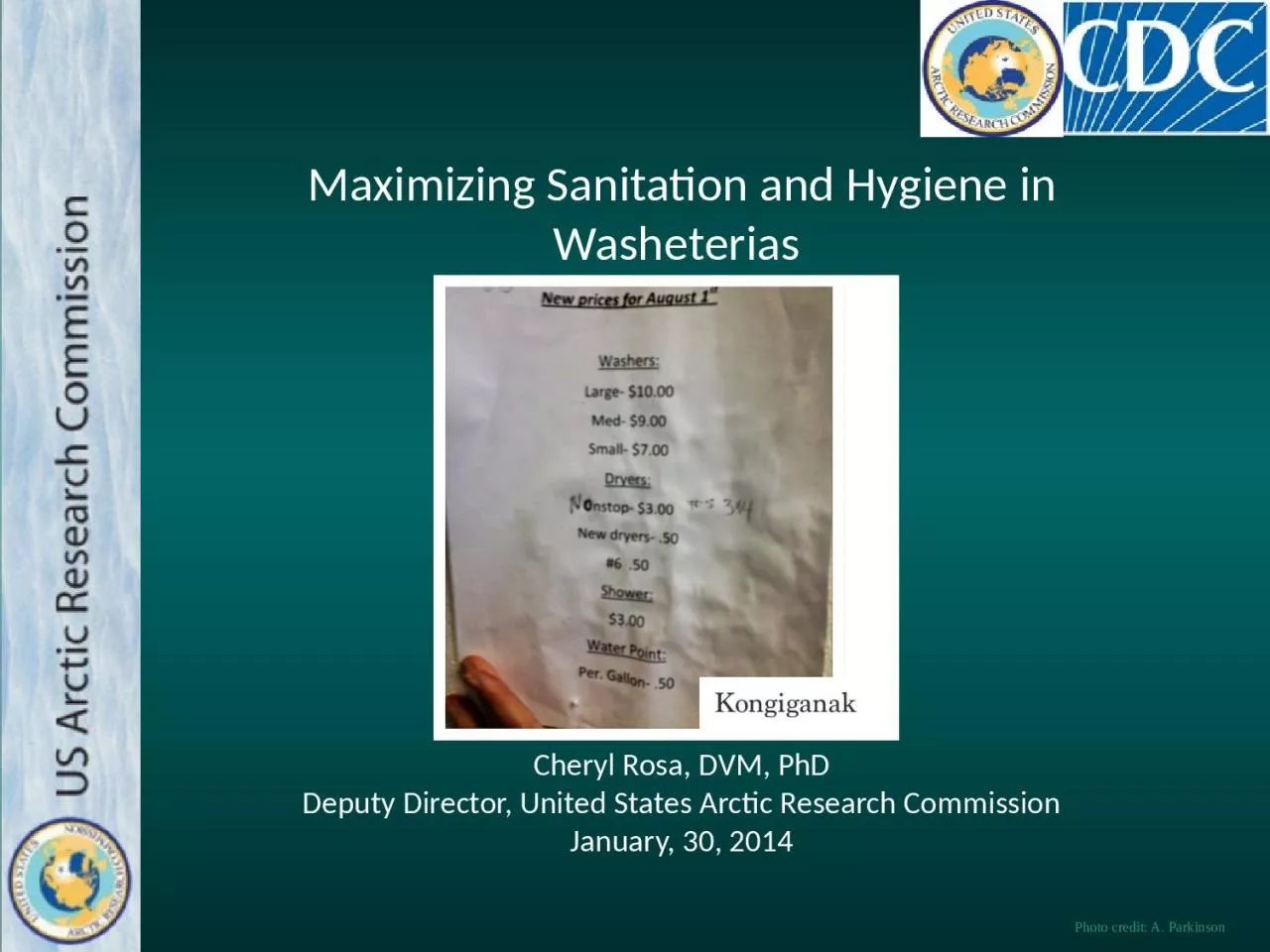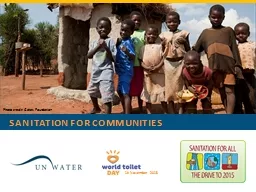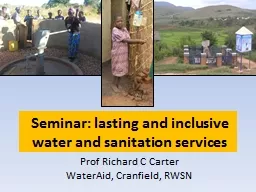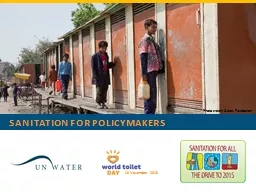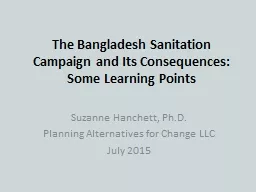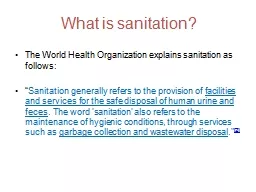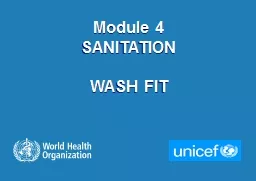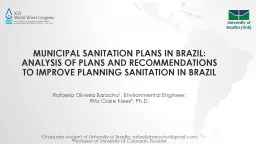PPT-Maximizing Sanitation and Hygiene in Washeterias
Author : reese | Published Date : 2024-03-13
Cheryl Rosa DVM PhD Deputy Director United States Arctic Research Commission January 30 2014 Photo credit A Parkinson Outline Brief intro on MRSA MRSA and bacterial
Presentation Embed Code
Download Presentation
Download Presentation The PPT/PDF document "Maximizing Sanitation and Hygiene in Was..." is the property of its rightful owner. Permission is granted to download and print the materials on this website for personal, non-commercial use only, and to display it on your personal computer provided you do not modify the materials and that you retain all copyright notices contained in the materials. By downloading content from our website, you accept the terms of this agreement.
Maximizing Sanitation and Hygiene in Washeterias: Transcript
Cheryl Rosa DVM PhD Deputy Director United States Arctic Research Commission January 30 2014 Photo credit A Parkinson Outline Brief intro on MRSA MRSA and bacterial hotspots Sanitation toilets showers. into PEPFAR Programming. WHY. WASH Matters for PLHIV. Diarrhea affects 90% of people living with HIV and AIDS, significant morbidity and mortality. Diarrheal disease reduces antiretroviral absorption. 19 November 2013. Photo credit: . Gates Foundation. 40% of people . in the world still do not have a toilet. November 19. th. is World Toilet Day – . stand up for the right to a toilet!. Sanitation Facts . Prof Richard C Carter. WaterAid, Cranfield, RWSN. Water, sanitation and hygiene (WASH) in . low-income countries and communities. Outlining the problem. Why do anything?. Who should be served, who do the serving?. Policymakers. 19 November 2013. Photo credit: Gates Foundation. The world is . not on track . to meet MDG sanitation target. At the current rate, the target will not be met until 2049. Half the population . Suzanne . Hanchett. , Ph.D.. Planning Alternatives for Change LLC. July 2015. Hang . Latrines draining into water body (2001). Simple Pit . Latrine . (1999). Strong Latrine with Water-seal (2009). National Sanitation Campaign 2003-2006. Deepa Joshi, Water Resources Management, October 7, 2015 . Sanitation Dialogues? . Assessment, dialogue, shared vision? Research, Policy and Practice – huge gaps!. Testing and learning? Targets to be met, blue-prints: numbers vs. process. 19 November 2013. Photo credit: . . United Nations. World Health Summit defines Food Security as. “when all people at all times have access to sufficient, safe, nutritious food to maintain a healthy and active life”. The World Health Organization explains sanitation as follows:. “. Sanitation generally refers to the provision of . facilities and services for the safe disposal of human urine and feces. . The word 'sanitation' also refers to the maintenance of hygienic conditions, through services such as . w. orld. Information for teachers. How to use this resource:. This slide deck resource is intended as a source of information, case studies and task suggestions for teaching and learning about water and sanitation across several curriculum areas and units.. Overview. Minimum requirements for sanitation in health care facilities. U. se . and maintenance of sanitation facilities in health care facilities. How to share knowledge and skills to improve sanitation services in health care facilities. --------------. PROF. JOSEPH ADELEGAN, . PhD, C.Eng.. SCHOOL OF ENVIRONMENTAL SCIENCES. UNIVERSITY OF VENDA. SOUTH AFRICA. INTRODUCTION. LACK OF ADEQUATE and safe water supply and sanitation remain two of the main transmitters of disease in the world’s developing countries. . Rafaella Oliveira Baracho. 1. , Environmental Engineer; Rita Claire Klees², Ph.D.. University of Brasília (. UnB. ). 1. Graduate student of University of Brasília, rafaellabaracho@gmail.com; ²Professor of University of Colorado, Boulder. Did you know you can become a Certified Sleep Science and consult people all over the world via the included business system? Aside from world-class education, you will also receive charts, diagrams, handouts, PDF documents, activities, checklists, bedtime routine, brochures, examples and more. You get it all. Perfect for all types of educators, coaches, consultants and medical experts. Visit: https://spencerinstitute.com/certification-programs/sleep-science-coach-certification/ 1. 1.01Y Food Sanitation vs. Food Safety. What’s the difference?. 1.01Y Food Sanitation vs. Food Safety. 2. 1.01Y Food Sanitation vs. Food Safety. Food Safety. Food safety is how food is handled to .
Download Document
Here is the link to download the presentation.
"Maximizing Sanitation and Hygiene in Washeterias"The content belongs to its owner. You may download and print it for personal use, without modification, and keep all copyright notices. By downloading, you agree to these terms.
Related Documents

